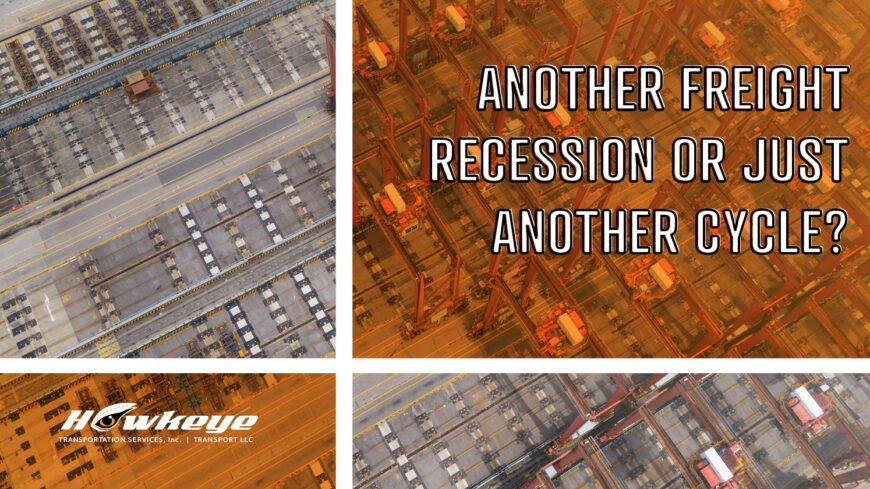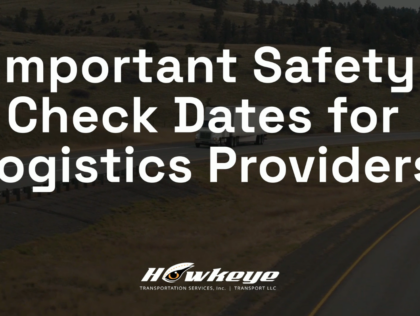The industry is concerned about the state of the economy, truck parking, and fuel.
It seems like we have been hearing speculation for years about a freight recession and whether it’s just beginning or coming to a halt. 2023 has been full of challenges for the transportation industry, and there are a number of commonly expressed concerns looking ahead to 2024. These worries are delineated in the 19th annual Top Industry Issues Report from the American Transportation Research Institute.
The report surveyed more than 4,000 industry stakeholders, including truck drivers, motor carriers, law enforcement, industry suppliers, and driver trainers.
The top concern cited was the economy in general. While the country’s overall economic indicators such as GDP and the unemployment rate are good, the trucking industry sees troubling signs due to rising operating costs, declining freight demand, and a declining but still high inflation rate.
The economy first made ATRI’s list at No. 2 during the recession of 2008. It then jumped to the top spot for the next three years. ATRI’s president and CEO Rebecca Brewster says the current concerns echo those of 2008-2011.
Just below the economy, truck parking is the next biggest issue. This has been a top-five concern since 2015 but is now ranking in the No. spot for the first time. The U.S. Senate first directed the Federal Highway Administration to study deficiencies in adequate truck parking in 1992. The problem was finally addressed in 2021’s Infrastructure and Jobs Act, which boosted funding for truck parking projects. Lack of available parking can lead to drivers remaining on the road when they’re too tired to drive properly. It can also force drivers to park illegally, leading to traffic congestion and hazards.
This year’s No. 3 concern was fuel prices, moving down from last year’s No. 1 spot. ATRI calculates that this year’s operational trucking costs rose 53.7% per mile compared to 2022. Fuel accounts for 28% of those costs. The U.S. Energy Information Administration reports that the average monthly price of diesel fuel per gallon dropped from 2022 prices for the first half of 2023. But, due to OPEC production cuts, it began increasing in July. The average price per gallon now stands at $4.563.
Still, the overall economy looks set to get a boost from the holiday season. According to a forecast from the National Retail Federation (NRF), spending in November and December could reach between $957.3 billion and $966.6 billion. These are record levels that represent growth of between 3% and 4% over 2022 levels.
Jack Kleinhenz is NRF’s chief economist. He said that consumers remain in the driver’s seat, and “are resilient despite headwinds of inflation, higher gas prices, stringent credit conditions, and elevated interest rates.
“We expect spending to continue through the end of the year on a range of items and experiences, but at a slower pace. Solid job and wage growth will be contributing factors this holiday season, and consumers will be looking for deals and discounts to stretch their dollars.”
But perhaps the holiday season will give us a boost to get back on track.
Work with a logistics provider to help you navigate market changes.
Hawkeye is the qualified logistics provider you’ve been looking for to trust with your freight. CONTACT US today to see for yourself why people are choosing us as their provider.



